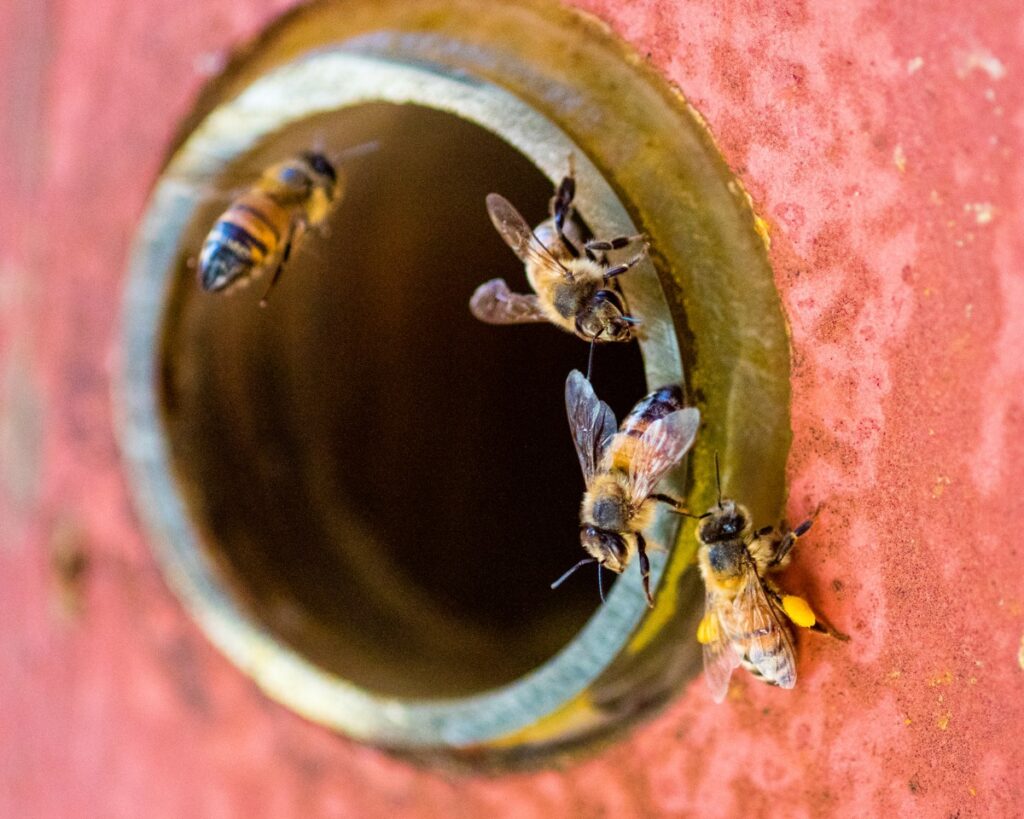Everyone’s buzzing about Pollinator Week! June 17-23 is National Pollinator Week, where certain species are celebrated for their crucial role in helping grow our agriculture and ecosystems.
Important pollinator species include bees, butterflies, beetles, bats, hummingbirds and more. Many of these animals play a vital part in their environments, as they help to carry pollen to plants around the world.
Through pollination, these creatures help plants reproduce, which not only creates new seeds, but helps to produce breathable oxygen necessary for the survival of all living things on Earth.
For agriculture, pollinators are vital in helping certain crops to reproduce and provide the food that we enjoy every day. Important crops that depend on pollinators include apples, bananas, strawberries, peaches, potatoes, vanilla, coffee and chocolate. Some scientists estimate that one out of every three bites of food we eat exists because of animal pollination.

How does pollination work?
Pollination is the act of bringing pollen grains from male plant parts to female ones, allowing these plants to reproduce and create new plants, fruit, and even oxygen.
Pollinator species, like bees, hummingbirds, and bats forage for nectar inside flowers, covering themselves with pollen. When these pollinators go from flower to flower, they spread pollen and help fertilize the plant to create seeds. Many plants cannot reproduce without the help of pollinators.
Why do we celebrate Pollinator Week?
Many pollinator species are facing challenges in the wild. Habitat loss, disease, parasites and environmental containments like pesticides have caused many pollinator populations to dwindle. Pollinators are essential to the survival of all nature on our planet, and it’s important to celebrate them and understand the impact humans have on their environment.
Pollinator Week helps shed light on the importance of different pollinator species as well as inspire future generations to practice sustainable living and educate themselves on the vital role pollinators have on our Earth.
You can find pollinators at the Sedgwick County Zoo, like the beehives inside the Children’s Farms. SCZ Farms keepers work hard to maintain a healthy honeybee population and educate visitors on the importance of bee survival. Beehives can also be seen within the Zoo by taking a ride on the exciting Safari Express. Be sure to stop by the Zoo Store after visiting and shop different pollinating products like wildflower seed packets, educational books, and so much more.

To learn more about pollinator species and Pollinator Week, visit www.pollinator.org/pollinator-week.